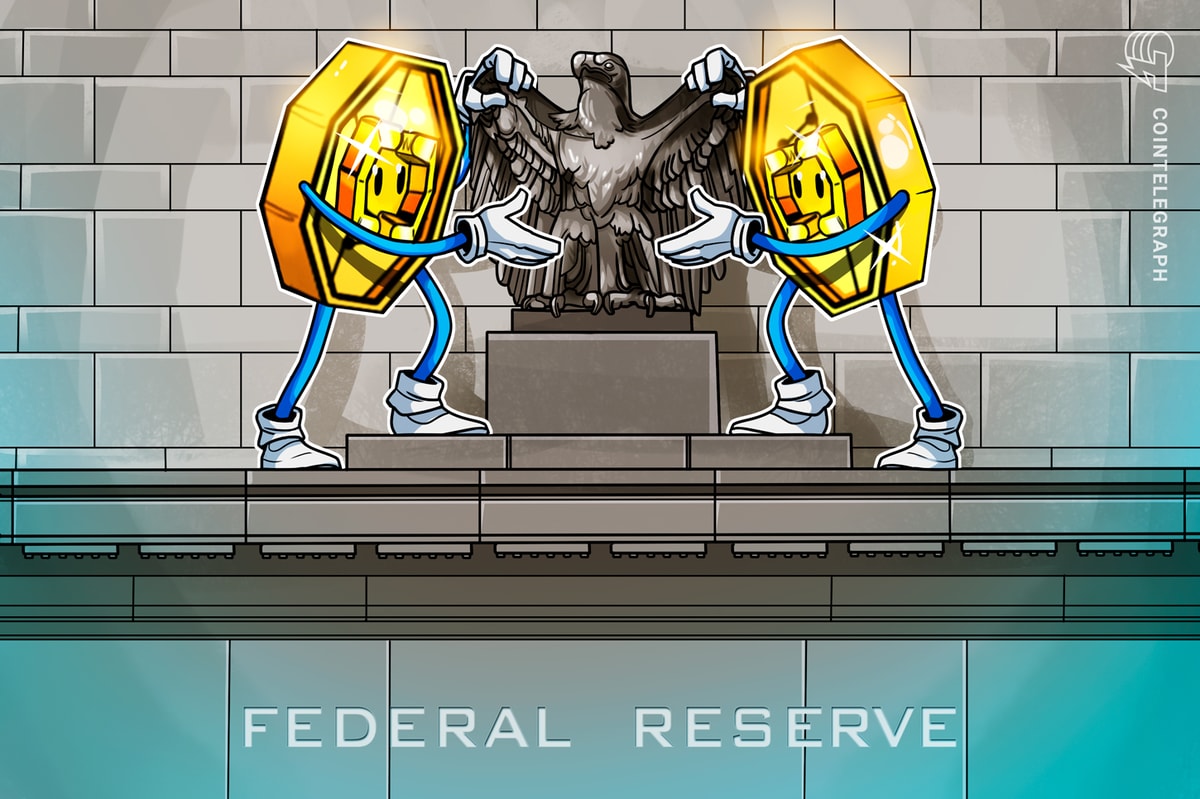What is the relationship between blockchain and Web3?
2 min read
Cryptocurrencies and blockchain are the building blocks of Web3. However, the decentralized web also relies on technologies like AR, VR, IoT and others unrelated to blockchain or digital currencies.
The third generation of the internet, known as Web3, is based on blockchain technology. However, technologies like machine learning, big data, artificial intelligence (AI), the Internet of Things (IoT), augmented reality (AR), virtual reality (VR) and others enable decentralized apps (DApps) to analyze information in a sophisticated human-like manner in a Web3 environment.
For instance, virtual reality headsets will create an exceptional shopping experience, allowing customers to interact with the products before making a purchase. However, these technologies are not based on cryptocurrencies or distributed ledger technology but aim to increase blockchain technology’s efficiency.
Furthermore, blockchain plays a significant role in building the infrastructure of Web3 by allowing organizations to decentralize Web2 services, including cloud computing, social networking sites and databases. Therefore, combining AI and blockchain technology will undoubtedly give organizations a better way to manage confidential data sets.
By validating the supplied data, AI technology can quickly complete the process request and the smart algorithm will help make quick decisions regarding issuing funds or approving credit. Also, the data sets can be effectively protected via the blockchain. Similarly, other technologies such as AR and VR are crucial in defining the metaverse, exploring novel ideas and elevating virtual experiences.
Moreover, cryptocurrencies eliminate the need for a reliable middleman by allowing Web3 users to use tokens like Ether (ETH) to send and receive money. That said, cryptocurrencies support peer-to-peer payments and can serve as a digital-native remittance method. Blockchains would lack the incentive system for network involvement without cryptocurrencies. Also, users wouldn’t have anywhere to store the cryptocurrency without crypto wallets.
In addition, Web3 is intended to be permissionless, trustless, and open to all, as it embraces the crypto ethos. Similarly, nonfungible tokens (NFTs) enable users to transparently demonstrate proof of ownership for items like in-game assets, digital art, personal data and others.





